The construction industry has witnessed significant advancements in roofing and flooring materials, with Antique Roof Tiles emerging as a premier choice for architects, builders, and homeowners. These innovative tiles combine the aesthetic appeal of traditional materials with the durability and practicality of modern synthetics.
Designed to replicate the timeless charm of aged clay, slate, or terracotta, Antique roof tiless offer a versatile solution for both historical renovations and contemporary construction projects.
1. What Is Antique Roof Tiles, and How Is It Made?
Composition and Manufacturing Process
Antique Roof Tiles represents a sophisticated blend of modern materials engineered to deliver both beauty and performance. The production process begins with high-quality polymer resins, carefully selected for their durability and weather resistance. These resins are combined with mineral fillers and UV stabilizers to create a composite material that withstands harsh environmental conditions while maintaining its visual appeal.
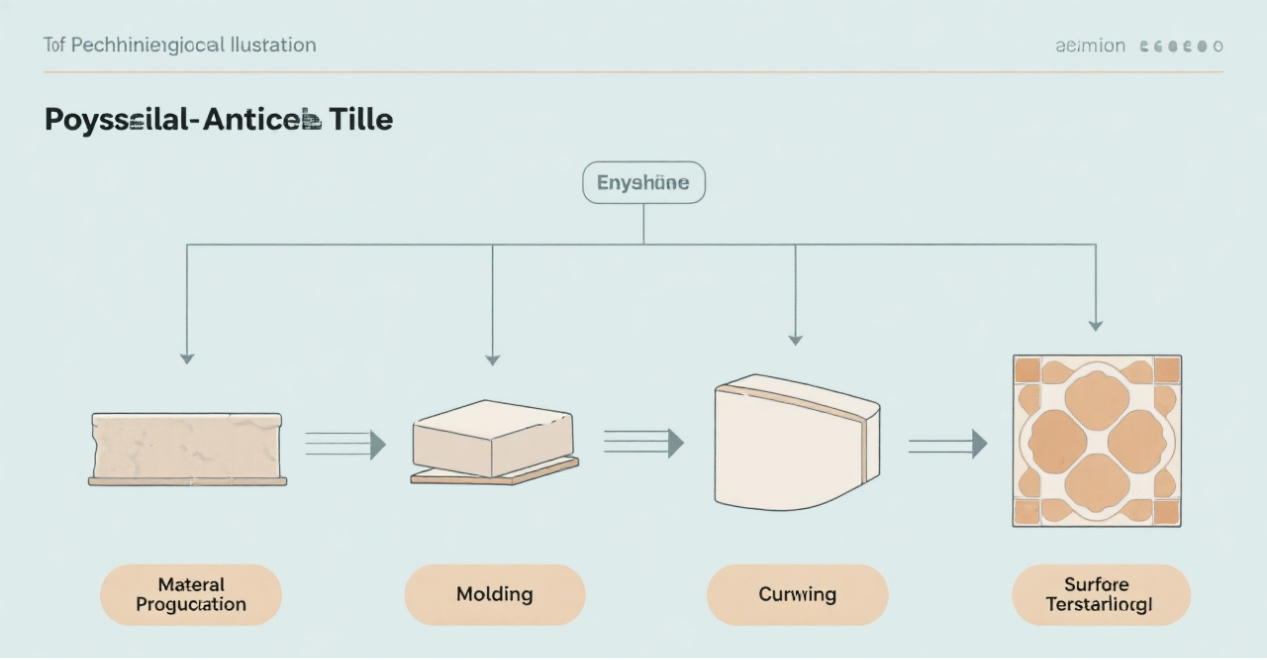
The manufacturing process involves several critical stages:
1.Material Preparation: The base polymers are mixed with additives to enhance strength, flexibility, and color retention.
2.Molding: The composite material is pressed into molds that replicate authentic antique textures, such as Spanish barrel tiles, French chateau slates, or rustic Mediterranean terracotta.
3.Curing: The molded tiles undergo a controlled heating process to achieve optimal hardness and dimensional stability.
4.Surface Treatment: +A final coating is applied to enhance waterproofing, UV resistance, and anti-slip properties.
Comparison to Traditional Roof Tiles Production
Unlike conventional Clay Roof Tiles, which require energy-intensive kiln firing at high temperatures, Antique Roof Tiles production is more energy-efficient. This not only reduces manufacturing costs but also minimizes the environmental impact. Additionally, the synthetic nature of these roof tiles allows for greater consistency in color and texture, eliminating the variations often found in natural materials.
Material Innovations
Recent advancements in polymer technology have led to the development of roof tiles with enhanced features:
- Impact-resistant formulations for increased durability
- Integrated thermal insulation properties
- Customizable color options through advanced pigmentation techniques
- PVC tiles, like flexibility for curved installations
These innovations ensure that Antique Roof Tiles meets the demands of modern construction while preserving the aesthetic qualities of traditional roofing materials.
2. What Are the Advantages of Antique Roof Tiles Over Traditional Tiles?
Structural and Practical Benefits
The superiority of antique roof tiles becomes evident when examining its performance characteristics:
Weight Considerations
Traditional clay and concrete tiles can weigh between 900-1,200 kg per square meter, often requiring additional structural support.
In contrast, antique roof tiles typically weighs 300-500 kg per square meter, reducing the load on buildings and simplifying installation.
This makes them particularly suitable for:
- Roof replacements on older structures
- Projects with weight restrictions
- Areas prone to seismic activity
Weather Resistance
Extensive testing has demonstrated the exceptional performance of antique roof tiles in various climates:
- Freeze-thaw resistance: Unlike porous materials that absorb water and crack when frozen, these tiles remain unaffected.
- UV stability: Advanced UV inhibitors prevent fading, even in intense sunlight.
- Wind resistance: Interlocking designs and flexible materials withstand high winds better than rigid tiles.
Installation Efficiency
The lightweight nature and standardized sizing of antique roof tiles offer significant installation advantages:
- Reduced labor costs due to easier handling
- Faster project completion times
- Minimal breakage during transport and installation
Economic Advantages
While the initial cost may be comparable to mid-range clay roof tiles, the long-term savings are substantial:
|
Cost Factor |
Antique Roof Tiles |
Traditional Clay Tile |
|
Material Cost |
$ 7.27/M²(ONLY ROOF) |
$ 39 - 84/M²(ONLY ROOF) |
|
Installation Cost |
$ 7/M² (ONLY ROOF) |
$ 41 - 70/M²(ONLY ROOF) |
|
Maintenance Cost |
$ 0 - 3/M² |
$ 0.7 - 6.3/M² |
|
Lifespan |
10-50+ years |
30-50 years |
|
Replacement Frequency |
Rare |
Periodic |
The combination of durability, low maintenance, and energy efficiency makes antique roof tiles a cost-effective choice over the lifetime of a building.
3. How Durable Is Antique Roof Tiles Compared to Ceramic or Porcelain?
Comparative Performance Analysis
Impact Resistance
Laboratory tests show that Antique Roof Tiles can withstand impact forces up to 50% greater than ceramic tiles before showing damage. This makes them particularly suitable for:
- Areas prone to hail storms
- Commercial applications with high foot traffic
- Roofs subject to falling debris
Thermal Performance
The thermal expansion coefficient of antique roof tiles is significantly lower than ceramic materials, reducing stress on installation systems and minimizing cracking risks.
Moisture Management
Unlike ceramic tiles that require careful sealing at joints, antique roof tiles systems feature:
- Integrated water channels
- Overlapping designs
- Non-porous surfaces
These features provide superior protection against water infiltration, making them ideal for: - Coastal properties
- High-humidity environments
- Buildings in rainy climates
Long-Term Appearance Retention
Accelerated aging tests demonstrate that antique roof tiles maintains its color and texture significantly better than ceramic alternatives, with minimal fading even after decades of exposure.
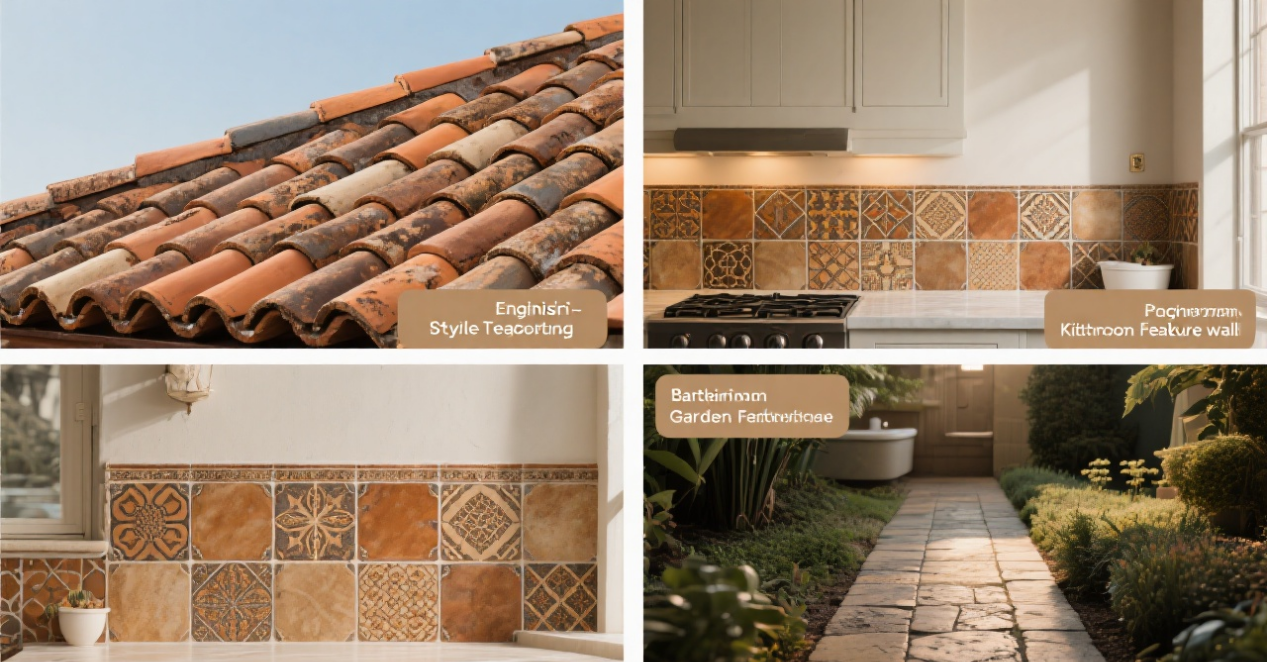
4. Can antique roof tiles Be Used for Both Indoor and Outdoor Applications?
Outdoor Applications
Roofing Systems:
- Spanish-style polymer roofing for Mediterranean-inspired homes
- Waterproof antique-look tile for historical district renovations
- Lightweight antique roofing tiles for eco-resorts and villas
Landscaping Features
- Pool surrounds
- Garden pathways
- Outdoor kitchen floors
Indoor Applications
Residential Uses
- Kitchen backsplashes
- Bathroom feature walls
- Sunroom flooring
Commercial Applications
- Hotel lobbies
- Restaurant patios
- Retail store displays
The versatility of antique roof tiles allows designers to create seamless transitions between indoor and outdoor spaces while maintaining consistent aesthetics.
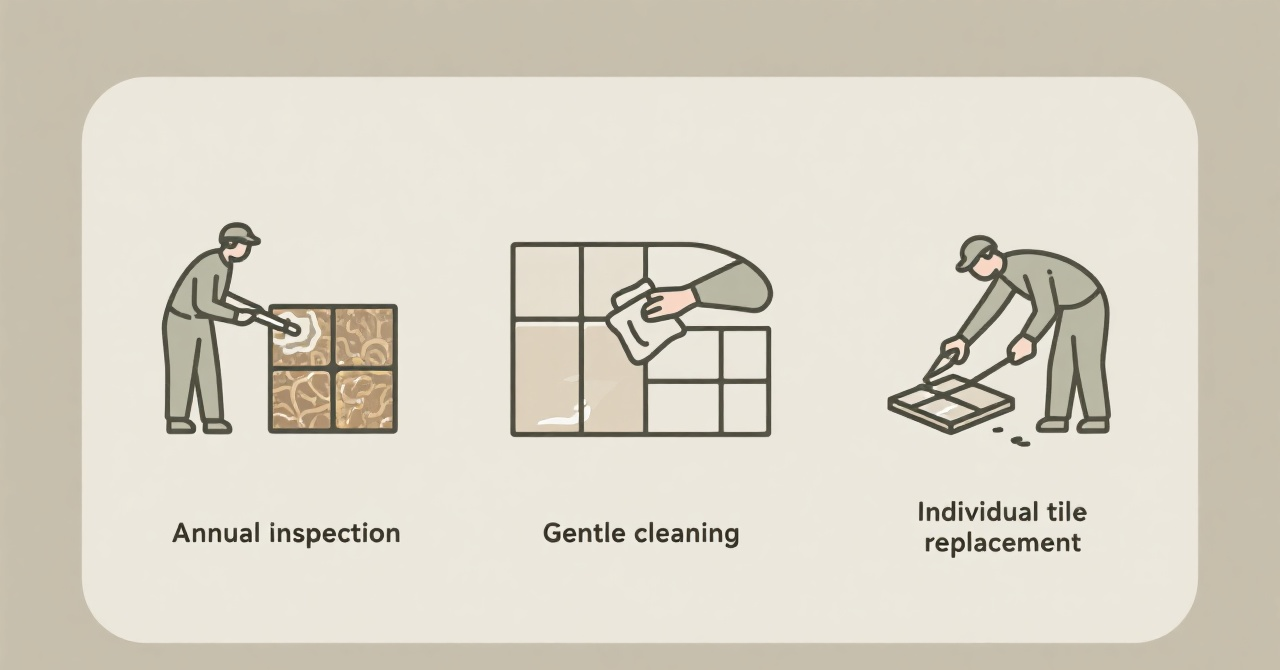
5. Is antique roof tiles Eco-Friendly and Easy to Maintain?
Environmental Considerations
Sustainable Production
- Up to 40% recycled content in many formulations
- 30% lower carbon footprint than clay tile production
- No harmful emissions during manufacturing
End-of-Life Options
- Fully recyclable at specialized facilities
- Potential for repurposing in art or landscaping
Maintenance Protocols
Routine Care
- Annual inspection recommended
- Gentle cleaning with pH-neutral cleaners
- No sealing or special treatments required
Repair Considerations
- Individual tile replacement capability
- Color-matching guarantees for consistent repairs
Antique roof tiles represents the perfect marriage of tradition and innovation in building materials. By combining the visual appeal of historical designs with the performance characteristics of modern synthetics, these tiles offer unparalleled value for architects, contractors, and property owners.
The comprehensive benefits - from exceptional durability and weather resistance to eco-friendly production and easy maintenance - position antique roof tiles as a smart choice for discerning professionals. As construction practices continue to evolve toward more sustainable and efficient solutions, these tiles are poised to become an industry standard for both residential and commercial applications.
For projects requiring aesthetic excellence without compromising on performance, antique roof tiles delivers on all fronts, ensuring beautiful, long-lasting results that stand the test of time.









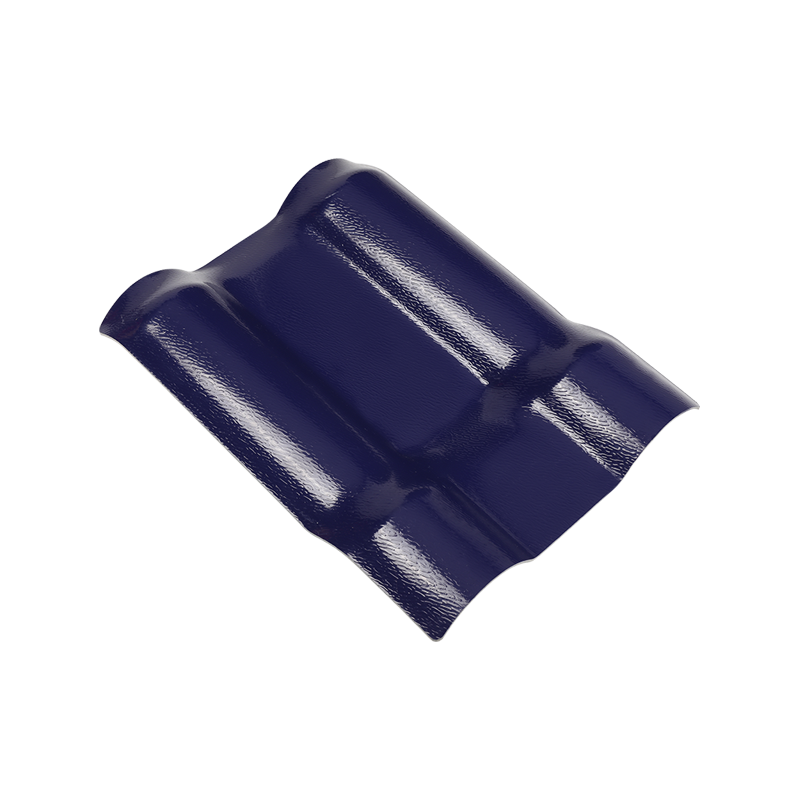
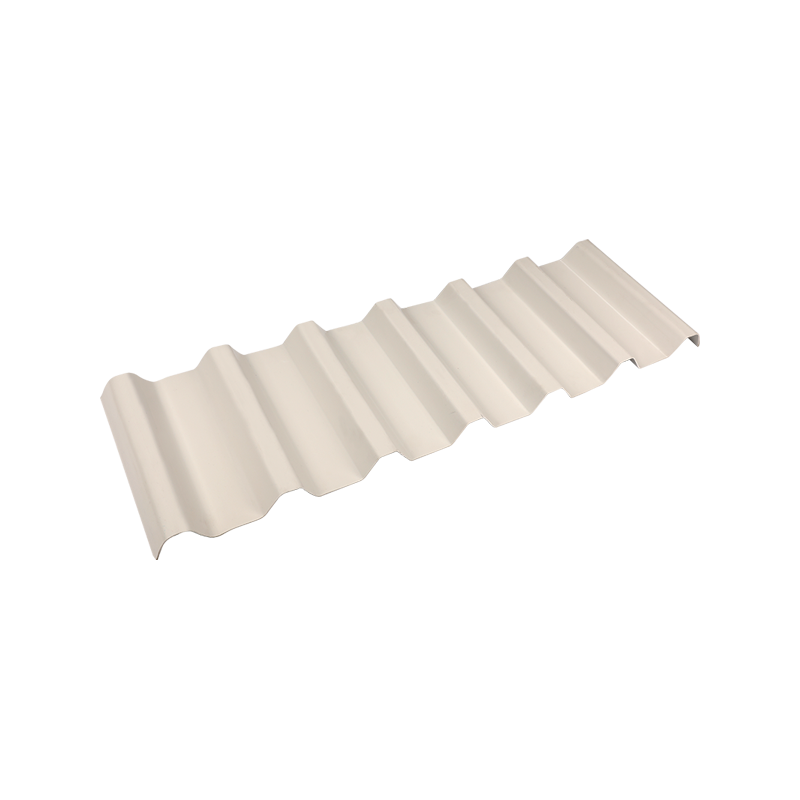
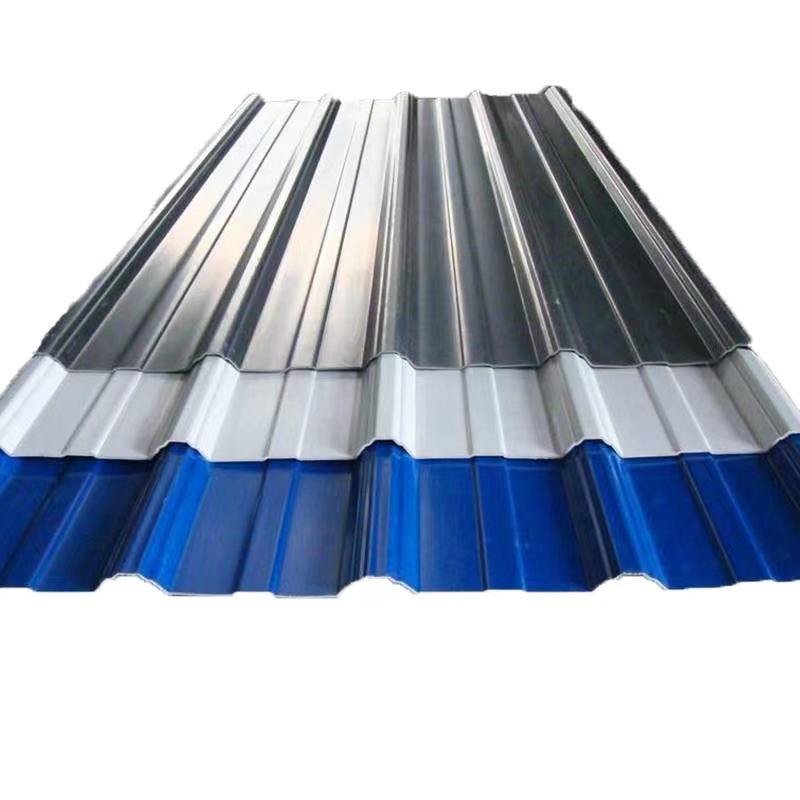
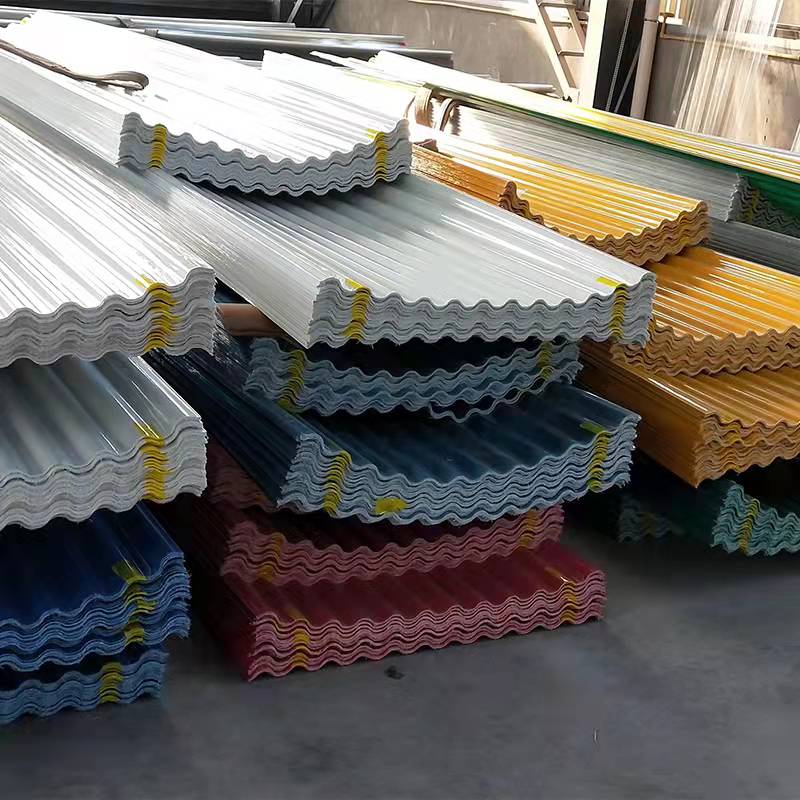


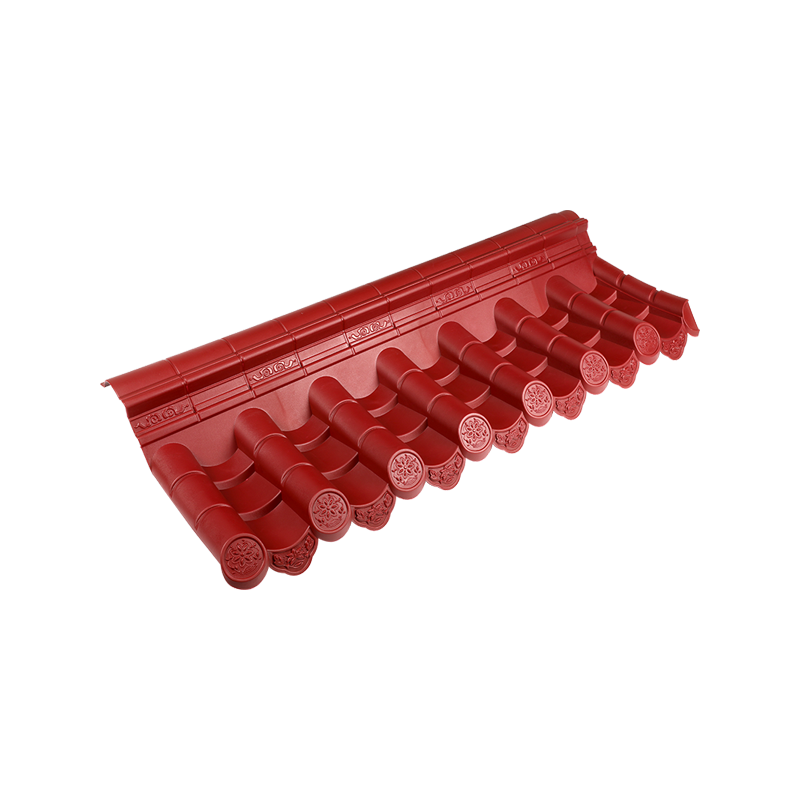


 Email:
Email: Phone:
Phone: Adress:
Adress: